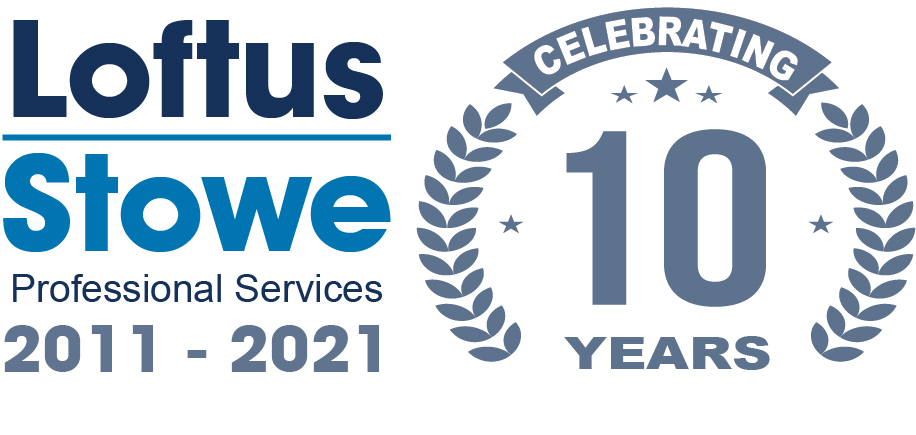 General insurer Direct Line Insurance Group (LSE: DLG ) has agreed to sell its international operations to Mapfre, S.A. in a move that will raise a net 160 million for return to shareholders.
General insurer Direct Line Insurance Group (LSE: DLG ) has agreed to sell its international operations to Mapfre, S.A. in a move that will raise a net 160 million for return to shareholders.
Existing investors may well be rubbing their hands with glee, but does the disposal of Direct Lines Italian and German enterprises excite the firms prospects going forward?
Strong capital base
The directors reckon Direct Line enjoys a strong capital position and they hold up the firms risk-based capital coverage ratio of 148.8% as evidence, which they say is at the top end of the companys risk appetite range. Thats why they feel comfortable handing back the proceeds of the sale to shareholders.
Last year, the almost-divested international division only delivered around 4% of Direct Lines operating profit, so the firm wont change too much with this deal. Having removed the distraction resulting from past overseas ambitions, Direct Line is now free to concentrate on its core UK operations.In recent years, the company has worked hard to turn itself around, and evidence of some success exists in the gently rising share price since the firm floated on the stock market during 2012.
Despite shedding the allure and potential for overseas expansion, at least for now, many of Direct Lines attractions remain.
Powerful brand
The companys wheeled, red telephone and computer-mouse advertising emblem will be recognisable to most; such has been the persistence of the Direct Lines advertising over the years. Shrewdly, the company has stuck tenaciously to the brand it created without dissipating energy and forward-motion by chopping and changing its identity on some creative advertising agencies whim. All the firms previous good service and customer-pleasing efforts remain as a store of goodwill and value linked to an iconic image to which customers relate, and maybe even to which they hold some affection.
Other well-known brands in the companys stable include Churchill, with its long-in-the-tooth nodding dog, Privilege car insurance, and Green Flag breakdown cover, with its unsurprising green-flag image.
Direct Line grew from its establishment in 1985 under the umbrella of Royal Bank of Scotland thanks, in the early days, to the firms innovative telephone-sales model. The brand, built with the help of that little red telephone, was a big part of what drove the firms success. As an independent on the London stock exchange, I think Direct Lines well-established brands still have plenty of mileage left in the tank.
Turnaround potential
Before emerging as a separately listed company, Direct Line seems to have gone through a period of making underwriting losses. A 2.6% improvement in the combined operating ratio (COR) marked a return to underwriting profit during 2012. The company built on that improvement in 2013 and the COR improved a further 3.1% to stand at 96.1% anything below 100% indicates profitable underwriting.
Underwriting contributes to Direct Lines operating profit but it isnt the whole story. Its worth noting how the firm does make its money:
|
Year to December |
2012 |
2013 |
|
Underwriting profit (m) |
28 |
138 |
|
Instalment and other income (m) |
198 |
180 |
|
Investment return (m) |
235 |
208 |
|
Total operating profit (m) |
461 |
526 |
So, we can see that the contribution from underwriting profit was well up but other sources of profit were down in 2013.
The largest contribution came from the firms investments in sovereign debt securities, investment grade fixed income securities and cash. Investment performance improved slightly during 2013 to give the Direct Line a return running at about 2.1%, but overall investment profits were down because of reduced assets under management. Meanwhile, profits earned on financing customer payments and from sources such as referral fees from solicitors, fell.
The firm earns its living in a variety of ways, some of which appear to show potential for a turnaround in performance.
Well find out how the current year panned out with the full-year results due around 26 February but, with the half-time results back in August, things seemed to be going quite well.
What now?
Direct Lines forward dividend yield is running at about 6.6% for 2015, and City analysts expect forward earnings to cover the payout about 1.3 times. Thats seems attractive, but Im mindful of the cyclicality inherent in the insurance industry, which could hold back the firms share-price progress from here.
Perhaps you find Direct Line attractive too. However, we all need to make our own investing decisions, and an informed decision often pays best, which implies doing our own research.
That’s why I’m pleased to have a new exclusive wealth report from the Motley Fool, which sets out seven steps to serious riches on the stock market and signposts to some top-notch investment opportunities available on the London market right now, ripe for your own analysis.
“How You Could Retire Seriously Rich” is 100% free and without obligation, although availability is limited.
There is a chance to get a copy today by clicking here.
Kevin does not own shares in any of the companies mentioned.





